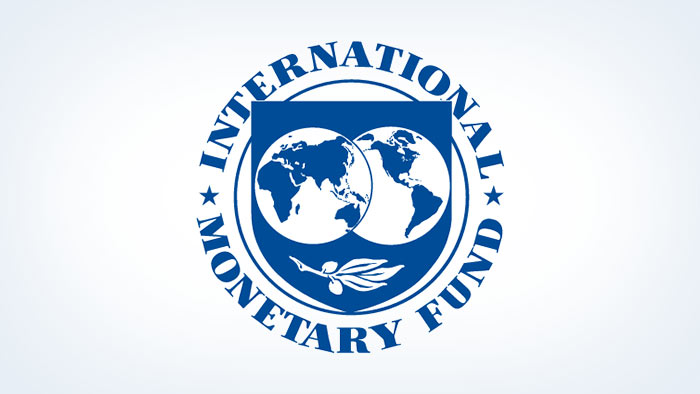Sri Lanka debt deal key to restoring debt sustainability, says IMF

Sri Lanka has made significant progress toward achieving debt sustainability by reaching agreements with China and other creditor nations to restructure approximately $10 billion in bilateral debt, as stated by the International Monetary Fund (IMF) on Thursday, Reuters reported.
On Wednesday, the island nation finalized deals with China and other creditors to restructure about $10 billion in bilateral debt. This marks a crucial step in the restructuring process that began in September 2022, following a period when Sri Lanka’s reserves reached record lows, forcing the country to default on foreign debt for the first time.
Sri Lankan officials in Paris signed an agreement with the Official Creditor Committee (OCC), co-chaired by Japan, India, and France, which have collectively lent $5.8 billion. The committee is currently awaiting details of a separate agreement signed with China EXIM Bank to restructure $4.2 billion, ensuring comparability of treatment, as stated by the OCC.
Despite these developments, Sri Lanka still needs to secure agreements with bondholders to restructure about $12.5 billion in international bonds. “We hope that there will be swift progress on reaching agreements with external private creditors in the near future,” said Peter Breuer, the IMF’s senior mission chief for Sri Lanka.
Bilateral lenders have expressed their hope that an agreement with bondholders will be “on terms at least as favorable as the terms offered by the OCC.” The restructuring of bilateral debt agreements was a key condition set by the IMF under a $2.9 billion bailout program, which has helped Sri Lanka control inflation, stabilize its currency, and improve government finances.
The central bank predicts the economy will grow by 3% in 2024 after contracting by 2.3% last year. Sri Lanka, which has a total external debt of $37 billion, also needs to finalize arrangements with China Development Bank to restructure $2.2 billion, according to the latest finance ministry data.
The restructuring plan allows Sri Lanka to delay repaying bilateral creditors until 2028, during which new loans can be arranged, extending up to 2043. Upon completing the restructuring, Sri Lanka aims to reduce its debt by $16.9 billion, according to the government.
President Ranil Wickremesinghe announced that the government will seek parliamentary approval for the deals on July 2. The debt restructuring is expected to help the country reduce its foreign debt repayments to 4.5% of GDP between 2027-2032, down from 9.2% in 2022, during the peak of the economic crisis.
However, Sri Lanka still needs to enhance governance and continue with reforms, including implementing legislation to meet IMF-stipulated fiscal targets, imposing a property tax, and limiting state bank lending to loss-making state-run companies, analysts say.
Challenges to recovery could also arise from the upcoming presidential elections, scheduled to be held before mid-October. “There is now the chance Sri Lanka can access undisbursed loans from bilateral lenders, particularly for infrastructure projects that were stalled, or get new loans,” said Thilina Panduwawala, head of research at Frontier Research. “But it could be next year by the time they get these up and running because elections can also delay that process.”

Latest Headlines in Sri Lanka
- CID obtains 90-day detention order on Pillayan April 12, 2025
- Sri Lankan Tri-Forces continue Humanitarian Mission in Myanmar April 12, 2025
- Ranil Wickremesinghe summoned over 2016 fixed deposit withdrawal case April 11, 2025
- Trade War: China raises tariffs to 125% in response to Trump’s 145% tariff hike April 11, 2025
- IMF praises Sri Lanka’s economic recovery, urges continued reforms April 11, 2025


